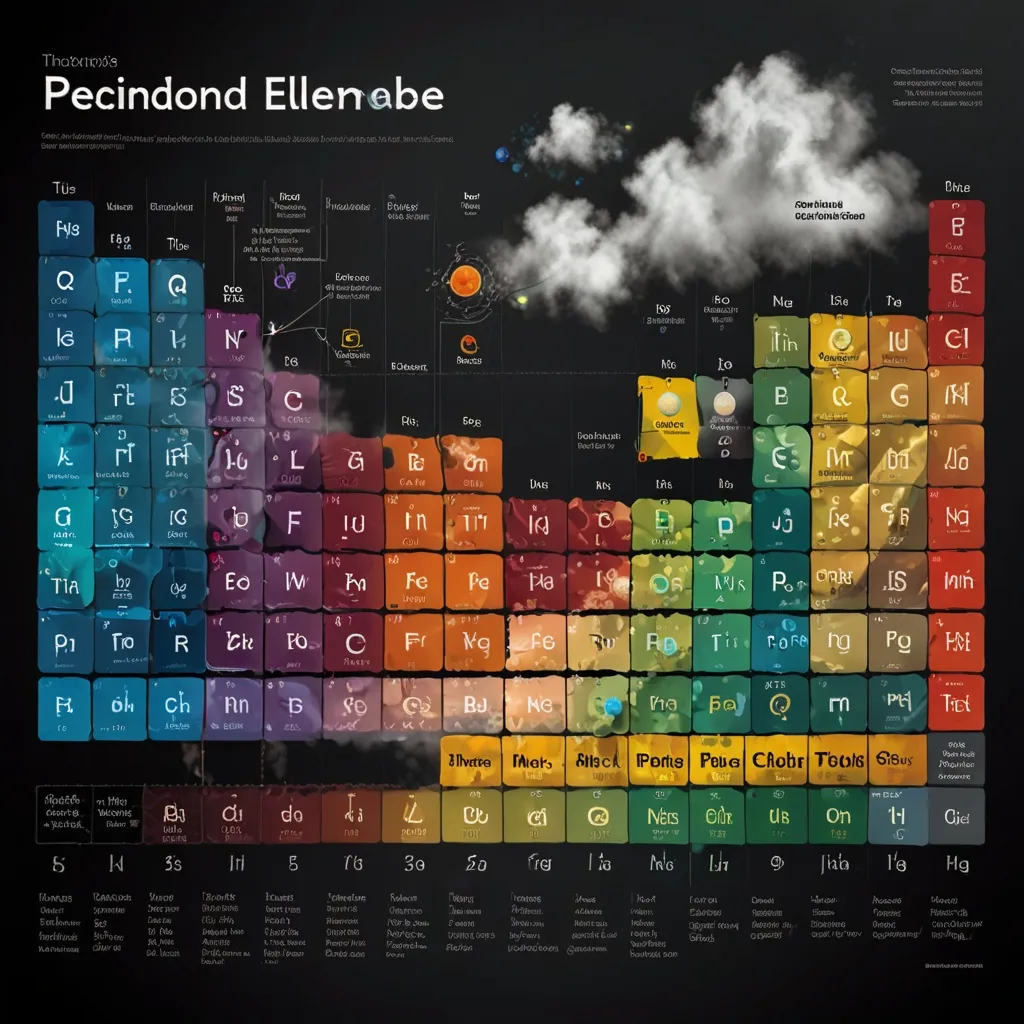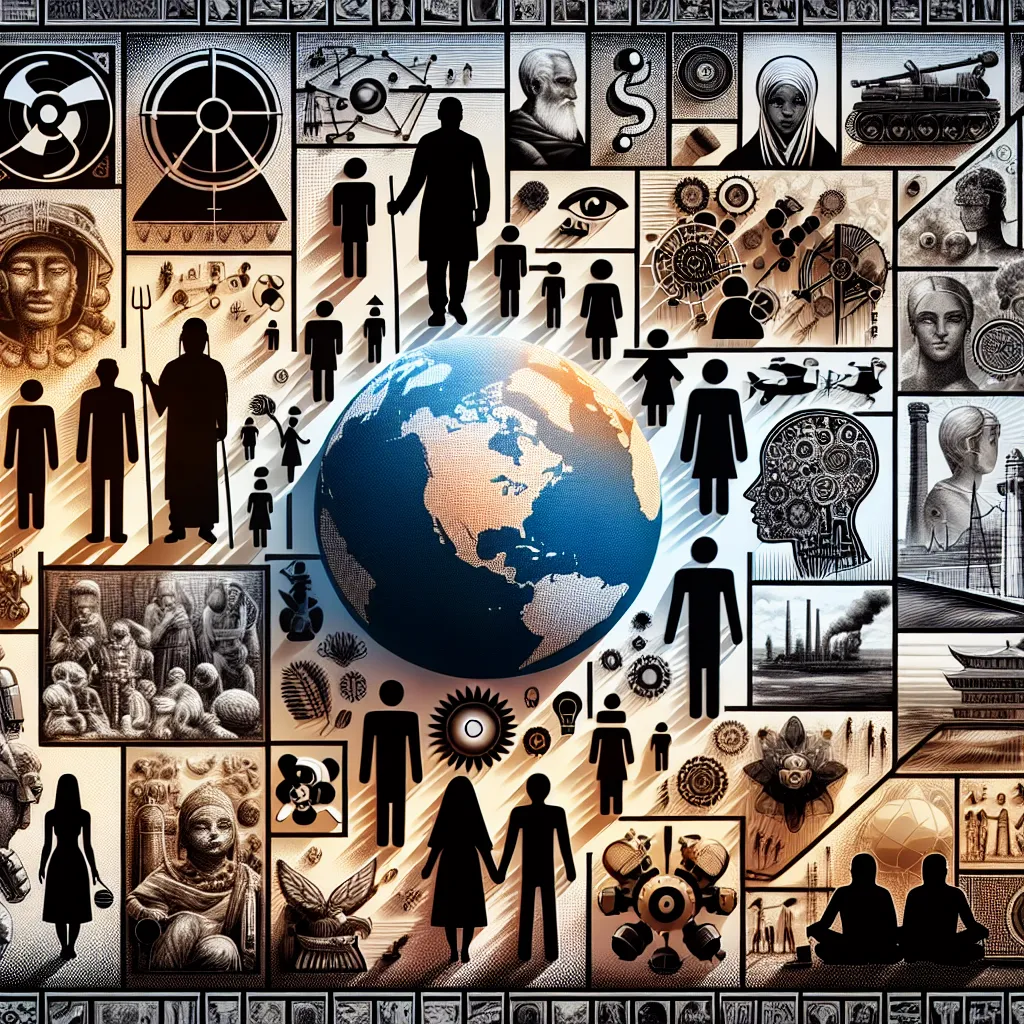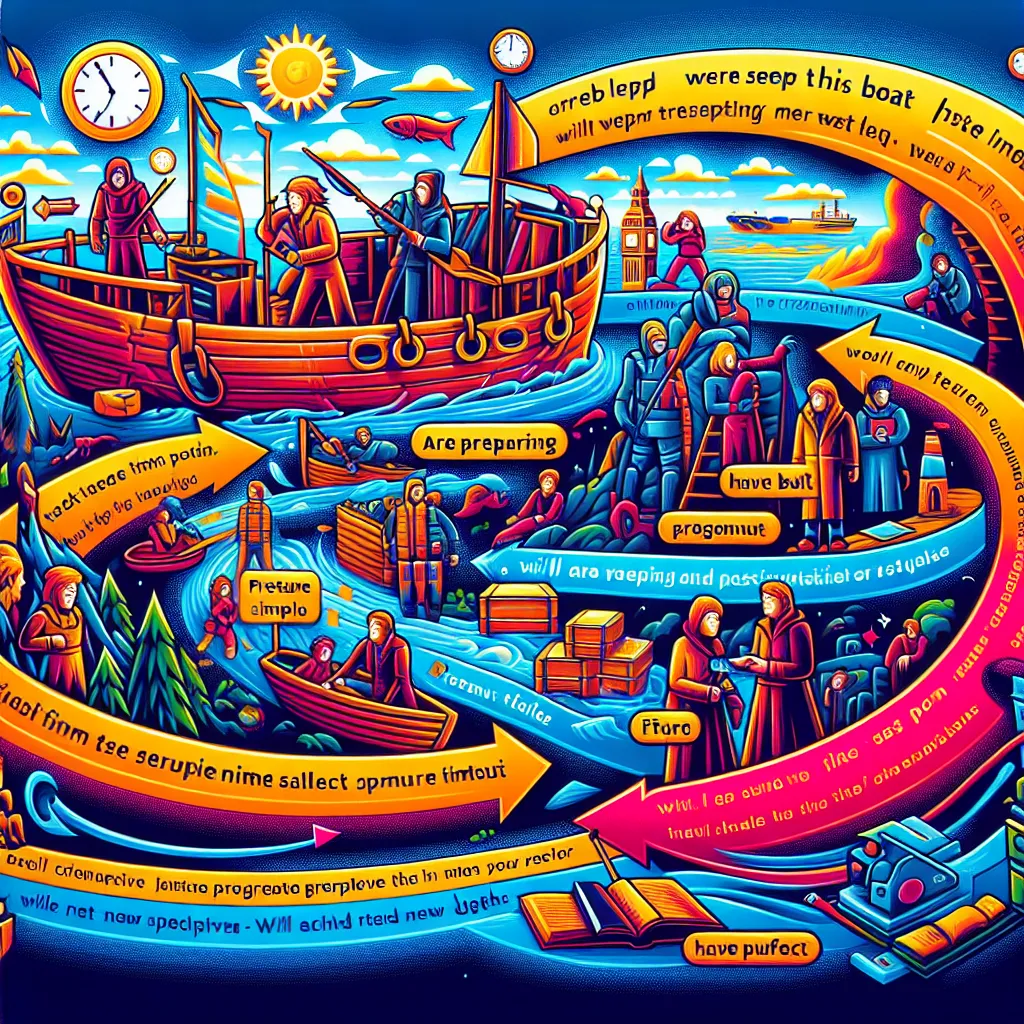When I first learned about Earth’s structure, textbooks painted a picture of a steady, stable landscape. Yet beneath this familiar surface, the planet behaves with restless energy. The understanding that continents drift, collide, and pull apart has only recently become scientific common sense. Let’s reflect on five discoveries that truly changed our grasp of plate tectonics—and how each one forced scientists, and all of us, to reconsider our place on a moving sphere.
Alfred Wegener’s hypothesis of continental drift stands as the first domino. He noticed how Africa and South America seem to match like two halves of a broken plate. It wasn’t just outline: identical fossils and rock layers popped up on both sides of the Atlantic Ocean, like clues left for anyone paying close attention. Wegener bet his reputation on the idea that continents were wandering across the globe, but he faced widespread doubt. Lacking a driving force to explain how solid continents might migrate, he was seen as too bold, even a little reckless. Yet, as often happens in science, fresh observations built on his daring question rather than his conclusions.
I often ask myself what it’s like to spot connections nobody else sees. What would compel someone sitting in a room full of maps to risk ridicule? In Wegener’s words, “Scientists still do not appear to understand sufficiently that all earth sciences must contribute evidence toward unveiling the state of our planet in earlier times, and that the truth of the matter can only be reached by combing all this evidence.” Those whose ideas turn out right, and withstand criticism, seem to possess a rare kind of patience.
World War II changed everything in unexpected ways. Warships combing the oceans with sonar for enemy vessels instead mapped the seafloor in detail for the first time. Harry Hess, a Navy officer turned geologist, wondered about the underwater mountain chains they discovered—features nobody had seriously considered before. Hess’s “seafloor spreading” hypothesis rewrote the textbook. He suggested new ocean crust forms at mid-ocean ridges, pushing older crust sideways. Suddenly, Wegener’s wandering continents had an engine—molten rock bubbling up, cooling, and shoving plates across the globe. What used to seem impossible now demanded explanation.
I find this part of the story fascinating: technology intended for warfare unlocked secrets about peaceful, slow-motion planetary change. Hess’s insight transformed steel-gray sonar screens into evidence for a planet in flux. How often do new tools, built for a single purpose, reshape how we see everything? What discoveries wait for us in unexpected corners?
Moving to the third leap—the magnetic stripes on the ocean floor. If you sailed along the mid-ocean ridges and measured the magnetic orientation of the rocks, you’d find bands that seem to alternate like zebra stripes. These weren’t just random. Earth’s magnetic field periodically reverses, and as lava cooled on either side of the ridge, it locked in a record of the field’s direction. The ocean floor turned into a conveyor belt, preserving a barcode storing information about our planet’s past.
Why does our planet flip its magnetic field? Geologists are still debating, but the record in the crust is clear. The stripes proved new crust was constantly created and then shoved aside, confirming the conveyor belt model in detail. I’m struck by how such simple measurements—compasses, magnetometers—resolved century-old debates.
Boundaries where plates meet revealed a landscape that echoes with force. Earthquakes and volcanoes aren’t scattered at random. They harness energy in narrow belts—along the edges where slabs of rock collide, tear apart, or scrape past each other. In mapping these zones, scientists untangled why the Pacific Rim burns and shakes with energy, earning its name as the “Ring of Fire.” The Himalayas, towering higher than any other chain, result from India slamming into Asia, a process that still shakes the Earth today.
I sometimes imagine being an early seismologist, watching earthquake monitors light up in patterns that reveal the hidden edges of plates. How do we prepare for a world where the ground beneath us can rupture at any moment? “The important thing in science is not so much to obtain new facts as to discover new ways of thinking about them,” William Lawrence Bragg once said. Plate boundaries teach us that change is constant, not merely dramatic.
Then came a remarkable leap in precision: satellites and GPS. Not content to infer movement through fossil records or seismic patterns, scientists began measuring the actual drift of continents from space. For the first time, we can watch, nay, measure in millimeters, how fast California edges away from Nevada, or how Australia creeps northward year by year. What’s stunning is the speed—roughly the rate your fingernails grow.
Imagine telling someone in 1912, after Wegener’s first publication, that we’d be able to watch continents slide by in real time. “Equipped with his five senses, man explores the universe around him and calls the adventure Science,” Edwin Hubble said. The adventure continues, as satellites whir overhead tracking movements that once seemed impossible to detect.
These five discoveries—continental drift, seafloor spreading, magnetic striping, recognition of plate boundaries, and GPS measurement of movement—have pushed science from speculation to daily certainty. But there are unconventional threads within the plate tectonics story that rarely receive attention.
For example, consider the mystery of ancient plate tectonics. Did the planet look the same billions of years ago? There’s debate. Some believe plate motion required a cooler mantle, so conditions may have shifted with time. Plate tectonics may have emerged gradually, not suddenly. Studying preserved zircon crystals and rare rocks, such as blueschist, suggests plate movement—and even subduction—might have started much earlier than initially thought.
How would Earth have developed without plate tectonics at all? Some researchers speculate that life depends on this ongoing process, as moving plates recycle chemicals crucial for biology and maintain a climate suitable for robust evolution.
Many know about the bigger continental shifts, but fewer realize the scale of microplates—small fragments wandering between major slabs. These microplates play a silent but pivotal role, often triggering isolated earthquakes or building unexpected mountain ranges. Even small movements, easy to overlook, influence local ecosystems and shape cultures living nearby.
Here’s another fascinating angle: the story of lost continents. Subduction zones swallow whole landmasses into the mantle—a process so complete that we only detect ancient continents by mineral traces in volcanic rocks. If Earth has erased worlds before, how many histories are lost beneath our feet?
Let’s pause and consider: how do these changes affect society today? Earthquake predictions, infrastructure planning, and even how we build cities now depend on our ability to read the rules of plate tectonics. GPS networks, once limited to scientists, now serve as silent guardians, helping leaders decide where it’s safe to build or which regions need extra caution.
“Science is the great antidote to the poison of enthusiasm and superstition,” wrote Adam Smith. Plate tectonics exemplifies how collected data and careful reasoning overcome myths, giving us tangible answers about a planet that never ceases moving.
What might come next? Some researchers believe plate tectonics drives not only Earth’s history but the habits of climate and atmosphere. The cycle of carbon dioxide, crucial for life and climate stability, depends on the recycling of ocean crust and the burial of minerals. In fact, geologists now probe Mars and Venus for evidence of similar plate movement, searching for clues to conditions that make planets habitable.
The work of geologists combines the patience of detective work and the thrill of revelation. When we peer into rocks, measure the faintest magnetic signals, and watch continents drift through space, we’re not only mapping the planet—we’re tracing the lines of history. Is it possible that future discoveries will make plate tectonics look incomplete, or even mistaken? History suggests the door is never fully closed.
It’s been said that “The scientist is not a person who gives the right answers, he’s one who asks the right questions.” Sometimes the most enduring scientific theories start with a single odd detail—a puzzle piece nobody can quite fit in place—and an open mind willing to pursue it wherever it leads.
I encourage you to keep asking: what questions have we missed about our restless planet? Which overlooked clues might change our understanding again? As our tools and observations grow more detailed, the world beneath our feet promises fresh puzzles—and perhaps, answers with the power to transform how we shape our future.






